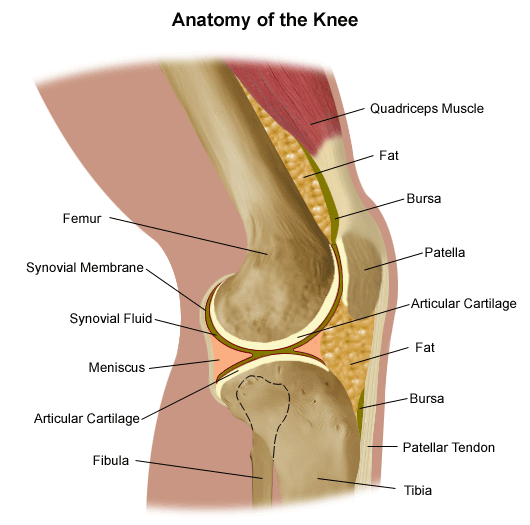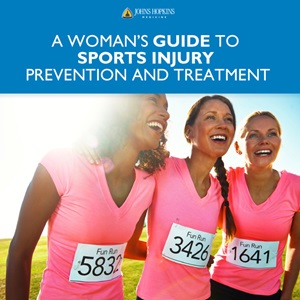How To Get Rid Of Runner's Knee
Patellofemoral Pain Syndrome (Runner's Knee)
What is runner's knee?
Runner's knee means that you have dull pain around the front of the knee (patella). This is where the knee connects with the lower end of the thighbone (femur).

What causes runner's knee?
Runner's knee may be caused by a structural defect, or a certain way of walking or running. Other causes may include:
-
A kneecap that is too high in the knee joint
-
Weak thigh muscles
-
Tight hamstrings
-
Tight Achilles tendons
-
Poor foot support
-
Walking or running with the feet rolling in while the thigh muscles pull the kneecap outward
-
Excessive training or overuse
-
Injury
What are the symptoms of runner's knee?
These are the most common symptoms of runner's knee:
-
Pain in and around the kneecap that happens when you are active. Or pain after sitting for a long time with the knees bent. This sometimes causes weakness or feelings of instability.
-
Rubbing, grinding, or clicking sound of the kneecap that you hear when you bend and straighten your knee
-
Kneecap that is tender to the touch
The symptoms of runner's knee may look like other conditions and health problems. Always talk with your healthcare provider for a diagnosis.
How is runner's knee diagnosed?
Your healthcare provider can diagnose runner's knee by looking at your health history and doing a physical exam. X-rays may be needed for evaluation of the knee.

Download a Woman's Guide to Sports Injury Prevention and Treatment
While active men and women may be equally likely to get hurt, some sports injuries affect women more often or in different ways. This guide explains the biggest risks active women face and how you can run, play or work out smarter to prevent injury.
How is runner's knee treated?
Your healthcare provider will figure out the best treatment based on:
-
How old you are
-
Your overall health and health history
-
How much pain you have
-
How well you can handle specific medicines, procedures, or therapies
-
How long the condition is expected to last
-
Your opinion or preference
The best course of treatment for runner's knee is to stop running until you can run again without pain. Other treatment may include:
-
Cold packs
-
Elevating the leg
-
Compression knee wrap
-
Medicines such as ibuprofen
-
Stretching exercises
-
Strengthening exercises
-
Arch support in shoes
Can runner's knee be prevented?
Preventing runner's knee includes not overstressing your knees. You can do this by:
-
Losing weight if needed
-
Stretching before running
-
Increasing your activities gradually
-
Wearing good running shoes
-
Running leaning forward with your knees bent
Key points about runner's knee
-
Runner's knee is dull pain around the front of the knee.
-
It may be caused by a structural defect, or a certain way of walking or running.
-
Symptoms include pain, and rubbing, grinding, or clicking sound of the kneecap.
-
Treatment includes not running until the pain goes away. Also using cold packs, compression, and elevation may help. Medicine such as ibuprofen can lessen pain and reduce inflammation. Stretching and strengthening exercises can help prevent runner's knee.
How To Get Rid Of Runner's Knee
Source: https://www.hopkinsmedicine.org/health/conditions-and-diseases/patellofemoral-pain-syndrome-runners-knee
Posted by: closethruseell.blogspot.com

0 Response to "How To Get Rid Of Runner's Knee"
Post a Comment